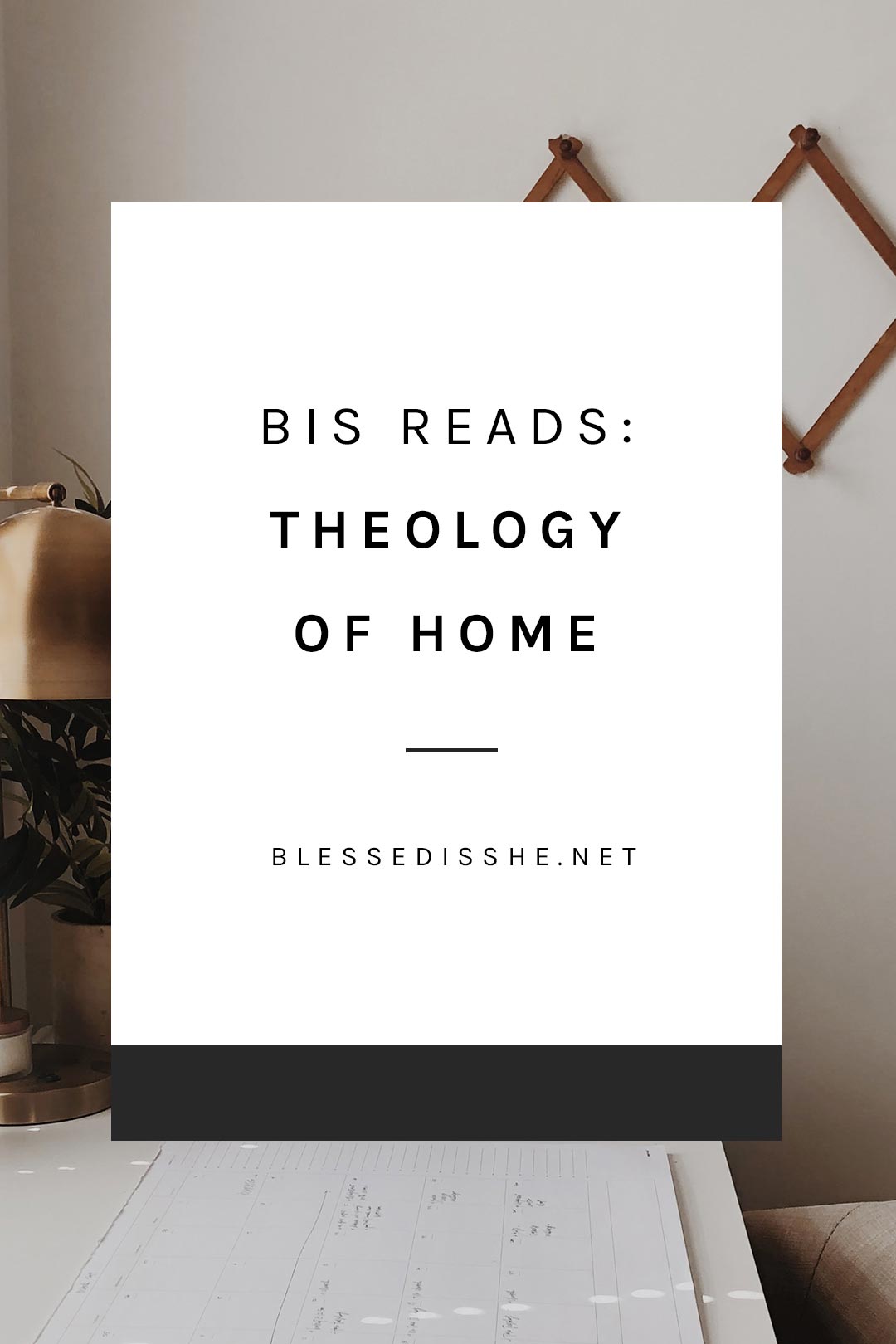
There is something magnetic and enchanting about old Italian families who for generations have produced wine, cheese, or olive oil. Whatever the endeavor, current members speak with pride of the family that handed down the trade, leaving a legacy reflected in land, cultivated crops, livestock, and a coveted product. Perhaps a great-great-great-great grandfather merely eked out a living by planting olive trees or grape vines in hopes that he could bottle enough of its fruit to feed his growing family. Today, centuries and generations later, not only is there a business, but perhaps an old manor house, majestically worn, or an ancient stone barn situated among a beautiful vista of craggy hillsides overlooking the ocean, or vines ambling up a hillside reaching up to a medieval fortified town.
Some properties are sumptuous, others more modest, but there is something about these families and their lands—their legacy, their history, their striving for excellence, their sense of family—that we instinctively want to wrap our arms around. How do I get that? How do I create a legacy that hints, even in the slightest of ways, at the essence of this kind of family legacy?
Legacies capture our imaginations, which is why a show like Downton Abbey was so popular. They involve a building up, a sacrificing for people not yet known, for children’s children, a gift to pass along to the future. Families like these don’t happen by chance but involve vision, trust, sacrifice, hard work, perseverance, unity, and love. As Scripture says, “A good man leaves an inheritance to his children’s children” (Prv 13:22).
Economy and Love
More than three millennia ago, Aristotle spoke of the importance of community life. To live outside of it, the pagan Greek philosopher stated plainly, requires that one be like a god or beast. What he meant was that outside of community, we must be either very holy like the gods or the isolation will make us little more than a savage beast. This ancient idea of community was captured in the Greek word oikos, which is where we get the English word for economy. Economies started with a household, with the community of people who worked together to not just survive but hopefully thrive. Oikos also refers to the idea of a legacy, to provide something for future children, future generations to receive, to give meaning to the family name, and to establish something that wasn’t there before.
The real fabric of a home and any kind of a legacy is woven together with love, particularly caritas, the willing of the good for others. This specific kind of love is what unites a group of people thrown together, despite different temperaments, goals, dreams, and desires. Love is the great unifier among any kind of division. “And over all these put on love, which binds everything together in perfect harmony” (Col 3:14). Without love, our relationships become just a contract, a business, a partnership, often prone to splintering and division, and certainly not strong enough to pass along the best the world has to offer to the next generation. This not-so-secret ingredient is what motivates and solidifies the family striving for a legacy. As the Psalms say: “How good and pleasant it is when brothers dwell in unity! It is like the precious oil upon the head, running down upon the beard, upon the beard of Aaron, running down on the collar of his robes! . . . For there the Lord has commanded the blessing, life for evermore” (Ps 133:1–3).
Material Matters
Detachment is an important element in the Christian life, but the detachment of Catholicism is not like the detachment of Buddhism. Material is important. We are embodied souls who have the capacity to create harmony among the aspects of who we are, to find balance between the requirements of our bodies and the necessities required to feed our souls. The two are not mutually exclusive but work together for the sake of true human flourishing.
There is a desire in the human heart for both the material and the spiritual. The material is a curious thing because it can be just a thing—to be used properly for a real function—but it can also lead us to something beyond the thing itself. The material, as found in icons, art, and statuary, can help us go deeper, to access the infinite. Our homes are a fantastic example of this. Trends in our culture are being driven by this oft unexpressed but keenly felt desire. Home improvement shows, cooking channels, homesteading; all of these stir our imaginations by connecting what it means to be human with the immediacy of rich sensory experiences. But few of these, in order to make a true legacy, can be done in isolation—one does not cook all day for an empty table or plow a field for one’s own dinner. As award winning chef Samin Nosrat said, “Cooking is not about the food, but what happens at the table,” just like making a home isn’t about the house but about what happens in that house. Our efforts are not for the structure and things themselves; they are for the people and enduring connections established in this place. What this interwoven tapestry points to is a legacy worth weaving.
Families who are conscientious about legacy tend to prize ceremony, tradition, family, and togetherness. They are generally families with a lot of stories, like how great grandfather started doing such and such or how their grandparents met. Meaning is given to things and acts that manifest connections to the past: land, photographs, family traditions, ancestral lore. All of this ultimately rests on the human desire for eternity and communion. Legacies provide a type of permanence amidst the constant change of life, while serving as a grounding reminder of timeless values their family holds fast to, no matter what fashions may come and go. All of these desires—for eternity and communion, and for the signs and symbols which point to them—direct us quietly not just to these good things but also to sacramental life.
BIS Reads: Theology of Home #BISblog //Click to tweet
Excerpted and adapted from Theology of Home by Carrie Gress, Noelle Mering and Megan Schrieber. Copyright © 2019 by Carrie Gress, Noelle Mering & Megan Schrieber. Published by TAN Books. Used by permission.






























